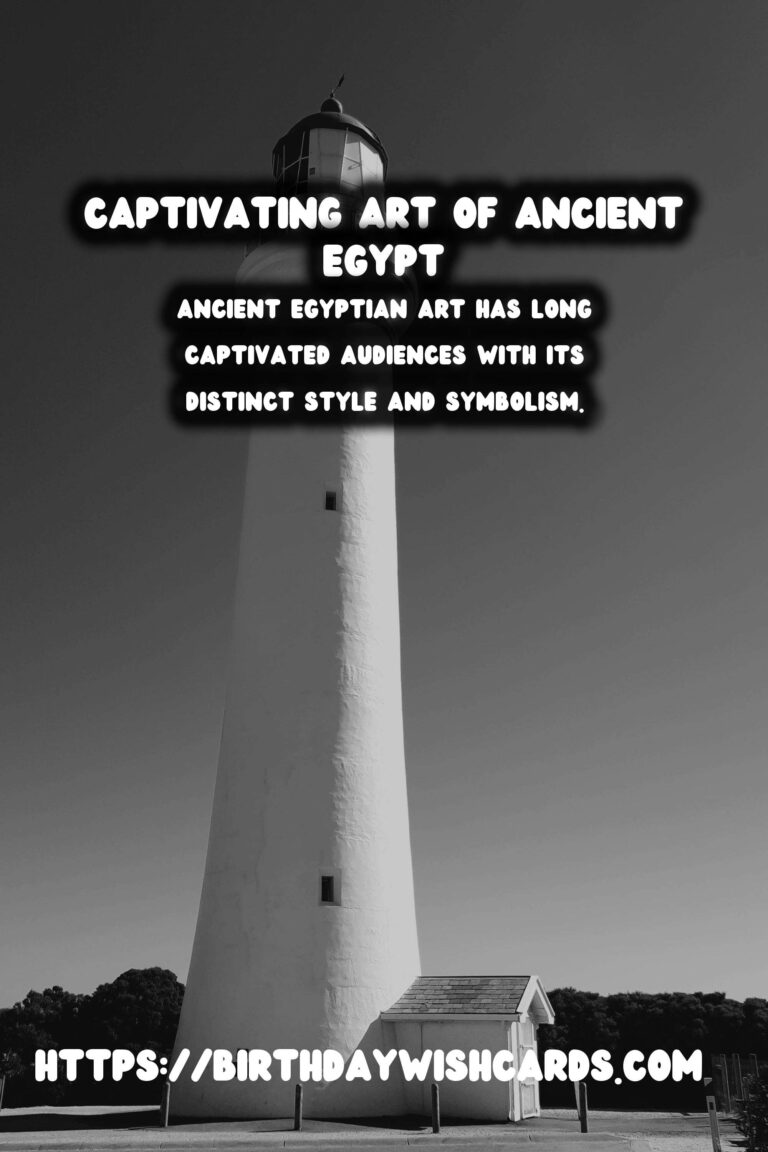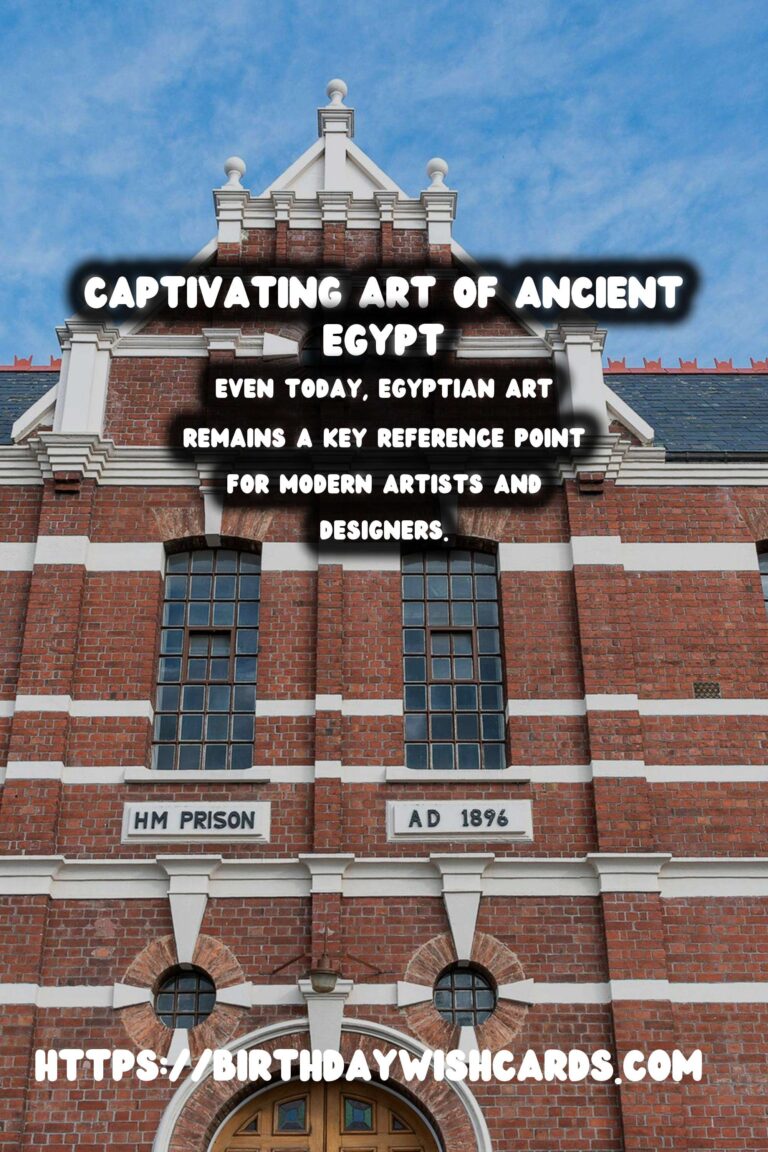
Ancient Egyptian art has long captivated audiences with its distinct style and symbolism. Its impact extends far beyond the Nile River’s banks, influencing various subsequent civilizations throughout history. This article delves into how ancient Egyptian art left an indelible mark on artistic traditions and aesthetics of later cultures.
The Characteristics of Ancient Egyptian Art
Ancient Egyptian art is known for its highly stylized and symbolic forms. Artists in ancient Egypt followed strict conventions to ensure that their work conveyed religious and cultural ideals. These conventions included the use of scale to denote importance, a composite view of human figures, hierarchical proportion, and a strong emphasis on balance, symmetry, and order.
The Influence on Greek and Roman Art
The Greeks were deeply influenced by Egyptian art, especially in the realm of sculpture. Early Greek Kouros figures show the influence of Egyptian statuary, with their rigid postures and direct gaze. The iconic Greek focus on harmony and idealized forms owes much to the symmetries and balance found in Egyptian works.
When Romans later conquered Egypt, the interaction further enriched their own artistic expressions. Egyptian motifs became fashionable across the Roman Empire, symbolizing opulence and political strength.
A Medieval Renaissance
During the Middle Ages, the increasing interest in astronomy and magic saw a resurgence in Egyptian influences. Manuscripts and artworks began to incorporate Egyptian symbolism, marking the beginning of a long fascination with ancient Egypt that would extend into the Renaissance.
Egyptian Art in the Age of Enlightenment
The Enlightenment revived interest in all things ancient, including Egyptian art. Scholars and artists traveled to Egypt, and the rediscovery of ancient artifacts inspired widespread fascination. This interest fostered the development of Egyptology and significantly influenced European architectural styles through the Neoclassical movement.
Modern Reflections of a Timeless Legacy
The 19th and 20th centuries witnessed another Egyptian revival. Art Deco, with its love of geometric shapes and lavish ornamentation, found inspiration in traditional Egyptian designs. Even today, Egyptian art remains a key reference point for modern artists and designers who seek to incorporate its timeless elegance into contemporary works.
Conclusion: A Legacy Carved in Stone
Ancient Egyptian art has proven to be a vital source of inspiration across millennia. Through its rich iconography and striking visual style, it has woven into the fabric of artistic evolution, shaping the aesthetics of countless generations. As we look at contemporary design, echoes of the past remind us of the enduring legacy of this ancient civilization.
Ancient Egyptian art has long captivated audiences with its distinct style and symbolism. Even today, Egyptian art remains a key reference point for modern artists and designers.
#AncientEgypt #ArtHistory

